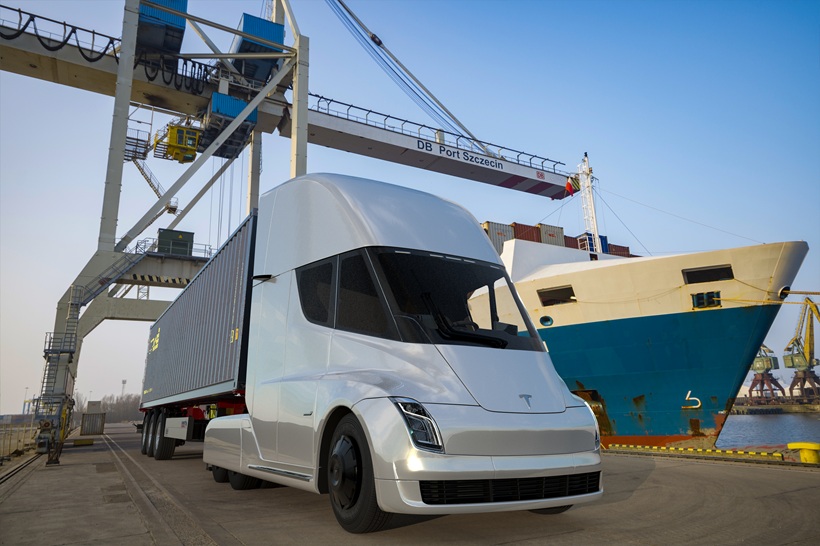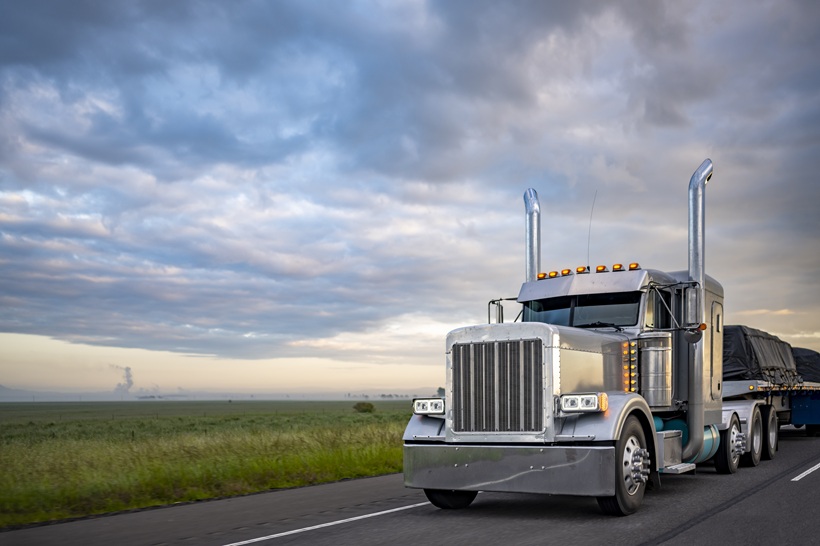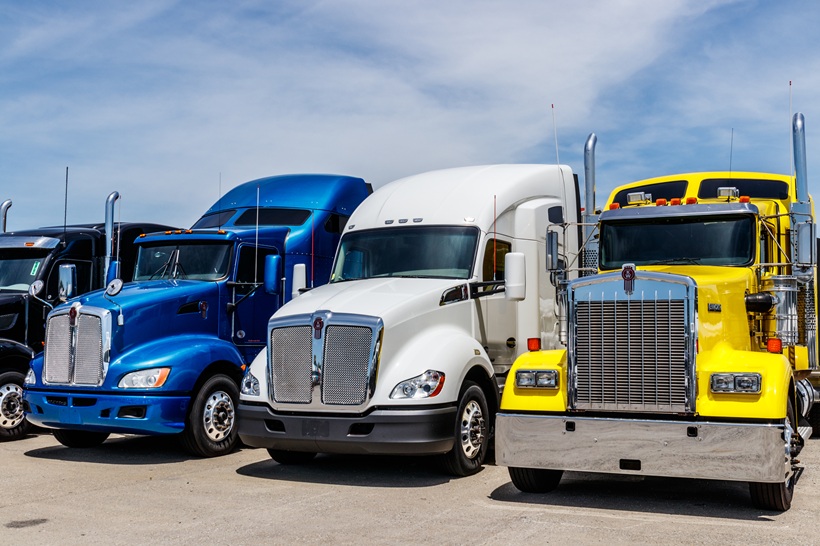
The Uncertain Future of Electric Class 8 Trucks
Electric trucks were once heralded as the future of trucking and road freight, but their development has hit significant roadblocks in recent years. The latest and most striking example is the bankruptcy of Nikola, the electric- and hydrogen-powered truck manufacturer that once captivated investors and industry leaders alike.
The rise and fall of electric truck pioneers
Nikola’s trajectory is a cautionary tale of hype failing to meet reality. Back in 2019, the company promised to produce 35,000 electric- and hydrogen-powered trucks by 2023, a bold projection that helped push its valuation to a staggering $30 billion. However, revelations that then-CEO Trevor Milton misled investors sent the company into a tailspin.
Production didn’t begin until 2022, and in the end, Nikola only managed to manufacture 600 trucks before filing for Chapter 11 bankruptcy protection in February 2025. The company’s current CEO, Steve Girsky, acknowledged the challenges: “Like other companies in the electric vehicle industry, we have faced various market and macroeconomic factors that have impacted our ability to operate.”
Nikola isn’t alone in its struggles among companies developing alternatives to diesel power in trucking. Throughout 2024, there were several startups facing similar challenges:
- Lion Electric filed for creditor protection in December 2024, despite earlier unveiling its Lion8 Tractor and implementing multiple rounds of layoffs.
- Quantron, a German hydrogen fuel cell truck maker, sought court protection in October 2024.
- Tevva, a UK-based hybrid battery-electric and hydrogen truck manufacturer, shut down entirely in 2024.
- Hyzon Motors issued WARN Act notices to employees in December 2024, warning of potential closure without additional funding.
Regulatory uncertainty compounds market challenges
The regulatory environment, once a driving force behind EV truck adoption, has become increasingly uncertain. The Trump administration’s recent directive to states to cease spending on EV charging infrastructure represents a shift in federal policy.
Additionally, Environmental Protection Agency (EPA) rules mandating alternative fuel and engine standards for the 2032 model year of heavy-duty vehicles may now be reversed. This regulatory uncertainty makes long-term planning difficult for both manufacturers and carriers.
The economics of EV trucks remain challenging
Beyond regulatory headwinds, cost remains a significant barrier. The upfront investment in an electric Class 8 truck is still prohibitively high compared to traditional diesel trucks:
- Average price of a new diesel-powered Class 8 truck: approximately $200,000
- Average price of a zero-emission equivalent in the US: around $436,000
Compounding this issue is the limited number of manufacturers currently producing heavy-duty electric trucks. As mentioned previously, financial instability and investor doubts have led to many folding or scaling back operations. However, Tesla continues to push forward with its electric Semi, with full production reportedly ramping up by the end of 2026.
Infrastructure: The trillion-dollar challenge
Cost-effectiveness remains a major unknown. According to a report from Roland Berger released by the Clean Freight Coalition, to fully electrify the U.S. commercial truck fleet would require nearly $1 trillion in infrastructure investment alone:
- $620 billion in charging infrastructure (chargers, site infrastructure, and electric service upgrades)
- $370 billion in utility grid network upgrades
“It is clear that an industry with a yearly turnover of about $800 billion and a profit margin around 5% cannot invest $620 billion without financial support or a significant increase in freight rates,” noted Roland Berger Senior Partner Dr. Wilfried Aulbur.
Implications for carriers
For most trucking companies, the cost of acquiring electric trucks is simply too high. Large carriers and dual-authority companies may have the financial ability to invest in EVs, but even they face the challenge of limited charging infrastructure.
Additionally, long-haul trucking—where heavy-duty vehicles need to travel thousands of miles without lengthy downtime—remains largely impractical for EVs. The lack of nationwide charging networks and the time required to recharge means that diesel trucks still have a distinct advantage in long-haul operations.
“If you don’t have convenient access either where you live or where you work or in between, why would you get an EV? It just doesn’t make sense,” said Loren McDonald, chief analyst at Paren, a company that tracks EV charging data.
That said, electric trucks may still find a place in short-haul and last-mile delivery operations. Routes with predictable distances and access to charging stations are more feasible for EVs, potentially carving out a niche within the industry. Even Ryder, one of trucking’s earliest EV adopters, notes in a recent white paper that demand for electric trucks in their fleet is primarily for smaller vehicles on shorter routes.
Don’t expect many Class 8 EVs on the roads anytime soon
Electric Class 8 trucks may still play a role in the future of freight, but expectations must be tempered. While advancements in battery technology and infrastructure could eventually lower costs and improve feasibility, current realities suggest that large-scale adoption remains years—if not decades—away.
Industry observers point to several developments needed for wider adoption:
- Battery technology improvements: Current charging times for heavy-duty trucks can exceed an hour even with high-powered chargers, far from reaching the same timeline as a diesel fill-up.
- Infrastructure deployment: The Megawatt Charging System (MCS) being developed allows for up to 3.75 MW of power, but widespread deployment remains years away.
- Cost parity: Manufacturing economies of scale and technological improvements will be needed to reduce the significant price premium over diesel trucks.
Until these challenges are addressed, diesel-powered trucks will continue to dominate the highways, and carriers must navigate an industry in flux, balancing sustainability goals with economic realities.
What’s the market outlook for heavy-duty EV trucks?
Despite the challenges, several positive developments suggest the electric truck market isn’t disappearing:
- American companies deployed more than 15,000 medium- and heavy-duty electric vehicles in 2024.
- Tesla has announced production capacity for its electric Class 8 truck in Reno, Nevada, will reportedly be 50,000 tractors per year.
- Battery prices continue to fall as the technology matures, potentially making electric trucks more cost-competitive in the future.
- Private companies have collectively spent billions on charging infrastructure, independent of federal funding.
For transportation professionals, the key will be strategic planning—identifying where electric trucks make operational and economic sense today, while carefully monitoring technological developments and regulatory changes that could accelerate adoption in the future.
TL;DR
Electric Class 8 trucks are facing a harsh reality check as once-major manufacturers struggle or fail. The economics remain challenging with electric trucks costing ~$436,000 versus ~$200,000 for diesel, plus a staggering $1 trillion infrastructure investment needed to fully electrify the U.S. commercial fleet. Regulatory uncertainty under the Trump administration—including halted EV charging spending and potential EPA rule reversals—compounds the challenges. While long-haul operations remain impractical due to charging time and infrastructure gaps, electric trucks may find niche applications in short-haul and last-mile delivery. Despite some positive signs (15,000 medium/heavy-duty EVs deployed in 2024, Tesla ramping production), large-scale adoption appears years away until battery technology, infrastructure, and cost parity issues are resolved.



